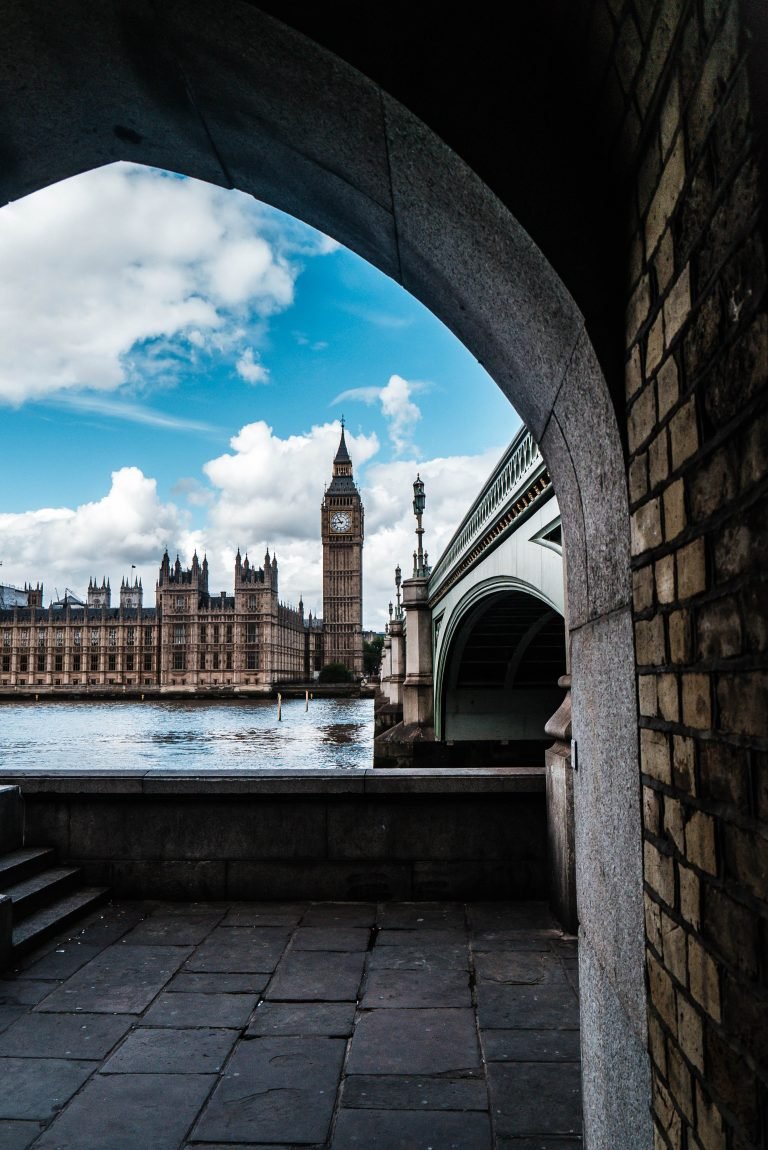Explore Bhutan’s Top Sightseeing Spots: A Journey of Discovery
Explore Bhutan’s Top Sightseeing Spots
Bhutan, the last great Himalayan kingdom, shrouded in mystery and magic, where a traditional Buddhist culture carefully embraces global developments, invites travelers to explore its pristine landscapes, majestic fortresses (dzongs), and spiritual sites. This guide to Bhutan’s top sightseeing spots offers a window into a world where happiness is prioritized, and the natural and spiritual realms are seamlessly integrated into daily life.
A Spiritual and Cultural Odyssey in Bhutan
Bhutan’s commitment to preserving its cultural heritage and natural environment makes it a unique destination. Here, you’ll find a guide to navigating the country’s most captivating sights, promising an unforgettable journey of discovery.
Thimphu: The Heart of Bhutan
Thimphu, the capital and largest city, uniquely combines traditional Bhutanese culture with the signs of modernity. It’s a place where you can witness monks in traditional dress using smartphones and where ancient temples stand alongside contemporary cafes.
- Tashichho Dzong: This impressive fortress serves as the seat of Bhutan’s government and the central monastic body. Its architecture and the daily life of monks offer a glimpse into the blend of spiritual and secular governance.
- National Memorial Chorten: This prominent landmark in the city is dedicated to world peace and prosperity. It’s a focal point for daily religious gatherings and a testament to Bhutanese spiritual life.
Paro: Gateway to the Past
Paro, home to the country’s only international airport, is nestled in a deep valley with a river running through it, surrounded by fertile rice fields and ancient temples.
- Taktsang Monastery (Tiger’s Nest): Perched on a cliffside, this iconic monastery is a must-visit. The hike up is challenging but rewards with breathtaking views and a profound sense of peace.
- Rinpung Dzong: Known as the “Fortress on a Heap of Jewels,” this large dzong serves both as a monastic and administrative center and offers insight into Bhutanese architecture and traditions.
Punakha: The Ancient Capital
Punakha, the former capital of Bhutan, is known for its stunning dzong and the fertile valley it overlooks, where two major rivers of Bhutan meet.
- Punakha Dzong: Possibly the most beautiful dzong in the country, it’s strategically located at the confluence of the Pho Chhu and Mo Chhu rivers. The dzong is an architectural masterpiece, showcasing the finest examples of Bhutanese craftsmanship.
- Chimi Lhakhang: This temple is dedicated to Drukpa Kunley, the “Divine Madman,” known for his unconventional approach to Buddhism. It’s a pilgrimage site for couples seeking blessings for fertility.
Bumthang: The Spiritual Heartland
Bumthang, often referred to as the spiritual heartland of Bhutan, is home to some of the oldest temples and monasteries in the country.
- Jambay Lhakhang: One of the 108 temples built by Tibetan King Songtsen Gampo in the 7th century to subdue evil spirits in the Himalayan region. It hosts the famous Jambay Lhakhang Drup festival.
- Kurje Lhakhang: A sacred site where Guru Rinpoche left his body imprint on a rock while meditating. The complex consists of three temples surrounded by 108 chorten walls.
Phobjikha Valley: Nature’s Untouched Beauty
Phobjikha Valley, a glacial valley on the western slopes of the Black Mountains, is a significant wildlife preserve, home to the rare black-necked cranes that migrate here in winter.
- Gangtey Goemba: Overlooking the valley, this monastery is an important center of the Nyingmapa school of Buddhism and offers stunning views of the surrounding landscape.
- Black-Necked Crane Information Centre: Provides valuable insights into the black-necked cranes and the conservation efforts to protect these majestic birds.
Conclusion
Bhutan offers a journey into a world where culture and spirituality are a way of life, where the landscape is as diverse as it is beautiful, and where every corner holds a story. From the ancient capital of Punakha to the spiritual heartland of Bumthang, and from the bustling streets of Thimphu to the serene Phobjikha Valley, Bhutan’s top sightseeing spots promise an adventure that is as enriching as it is unforgettable.
FAQs
1. How do I travel to Bhutan?
All tourists must travel through an authorized tour operator to obtain a visa. Bhutan has a policy of “High Value, Low Impact” tourism which aims to preserve its culture and environment.
2. What is the best time to visit Bhutan?
The best times to visit Bhutan are during the spring (March to May) and autumn (September to November) months when the weather is clear, and the skies are blue.
3. What should I pack for Bhutan?
Pack layers, as temperatures can vary greatly between day and night. Include hiking boots for treks, a hat and sunscreen for protection against the sun, and appropriate attire for visiting religious sites (clothes that cover the legs and arms).








